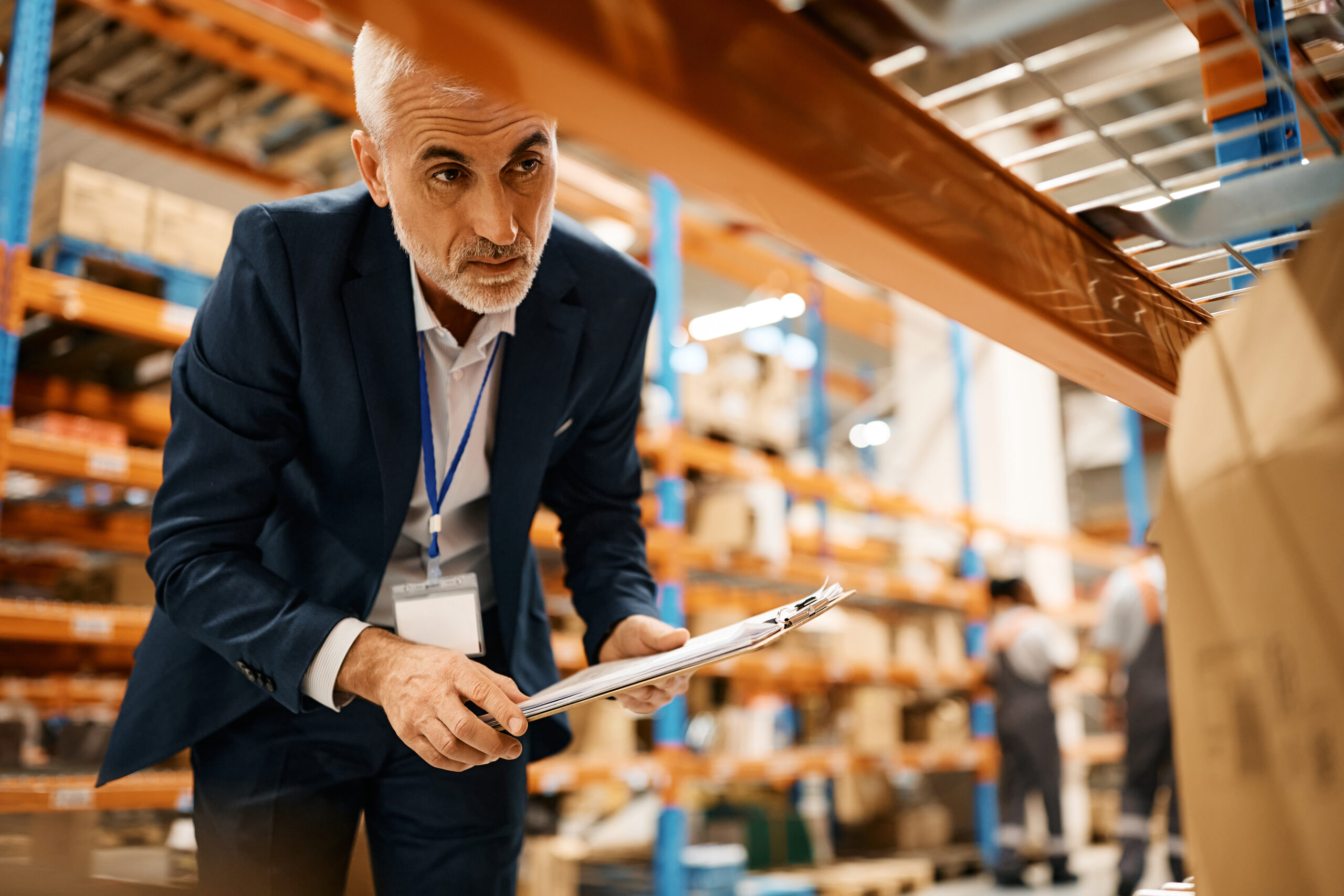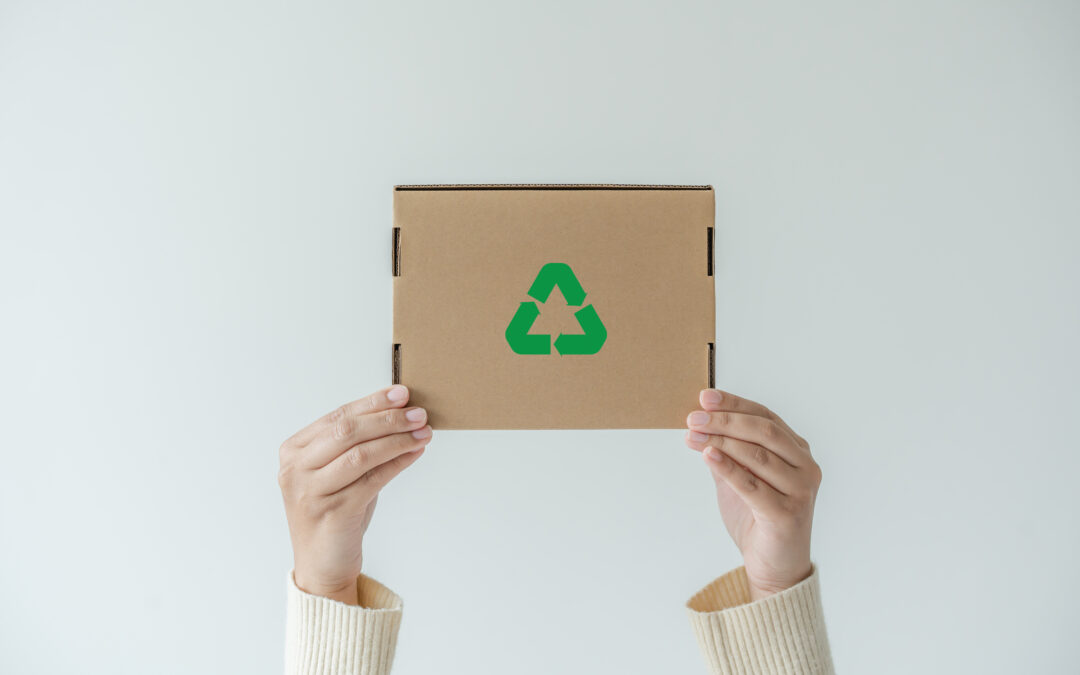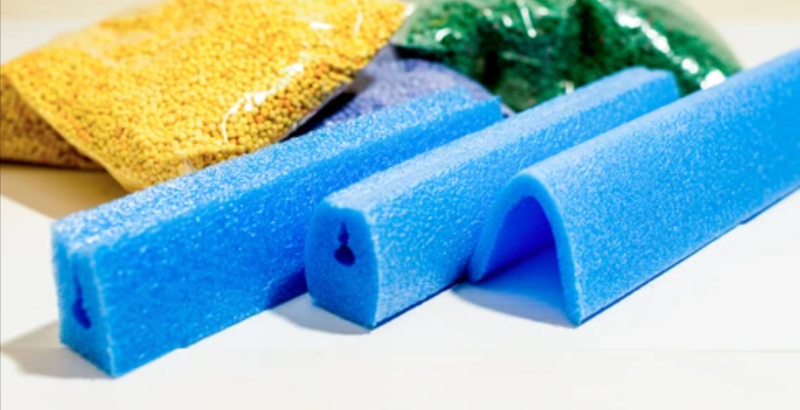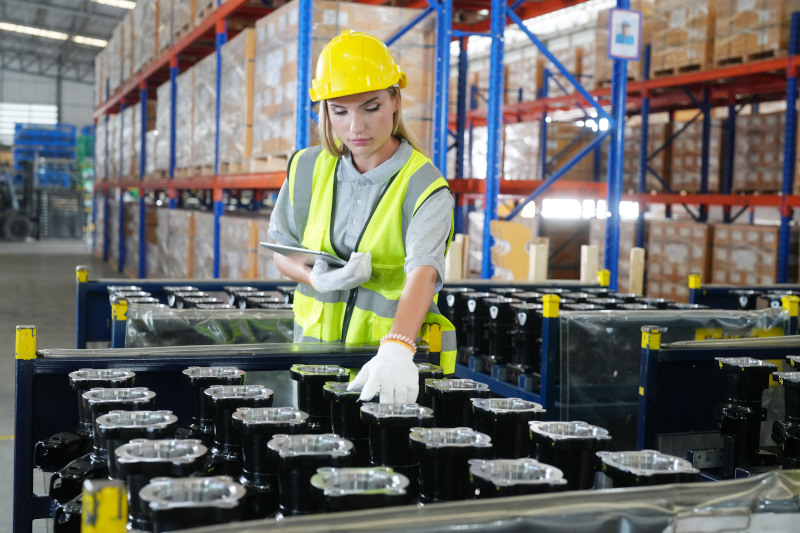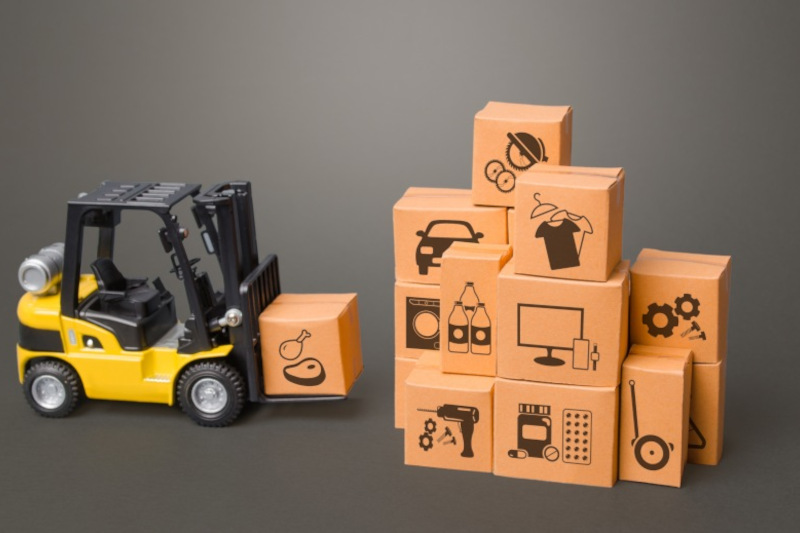The goal of protective packaging is in its name: to ensure products are protected during transit. But as a packaging distributor, you’re aware that’s easier said than done. Because you’re not only finding optimal solutions to meet customer-specific requirements, but you’ve also got to minimize costs without sacrificing protection.
We’ve said it before, and we’ll say it again: it’s a juggling act.
Packaging distributors can save clients (and themselves) money with protective packaging by implementing a combination of strategic approaches and innovative solutions. Here are some key strategies you can employ.
- Custom Packaging
Instead of using generic packaging materials, distributors can design custom packaging solutions tailored to the specific dimensions and fragility of the products being shipped. Custom-sized packaging means less or even no need for void fill, lowering or eliminating both the time and costs associated with filling empty space.
- Optimal Material Selection
Distributors should analyze the product’s characteristics, weight, and fragility to determine the most suitable packaging material. Choosing the right type of corrugated cardboard, polyethylene foam, bubble wrap, or other cushioning materials can help strike a balance between protection and cost.
This also means having access to a wide selection of packaging materials, so look for a supplier with a strong network.
- Sustainable Packaging
Offering eco-friendly packaging materials can save money and offer sufficient protection. But moreover, offering sustainable packaging products will bring in more customers that support “going green.”
Connecting clients with eco-friendly materials, like recycled bubble cushioning and corrugated board, not only align with sustainability goals but can also lead to cost savings due to reduced waste disposal fees.
Also, whenever possible, distributors can provide reusable packaging solutions. This saves money in the long run by reducing the need for frequent re-stocking.
- Packaging Audits and Training
Regularly auditing the packaging process can identify inefficiencies and opportunities for improvement. Training staff to optimize packaging techniques can reduce errors and minimize material waste.
- Automated Packaging Equipment
Investing in automated packaging equipment, such as packaging machines and systems, can streamline the packaging process, reduce labor costs, and improve consistency in packaging quality/protection.
- Bulk Purchasing and Supplier Relationships
We already touched on this, but building strong relationships with packaging material suppliers can lead to bulk purchasing discounts. Distributors can negotiate better pricing and terms by maintaining long-term partnerships with reliable suppliers.
Ivex products are multi-functional with a lot of varied uses— meaning one packaging product can cover a range of purposes and roles. We have a vertically integrated streamlined process, multiple locations across North America, and the packaging design talent to take on your most complicated projects. If you’d like to see if we are the right packaging partner for you, don’t hesitate to contact us.

